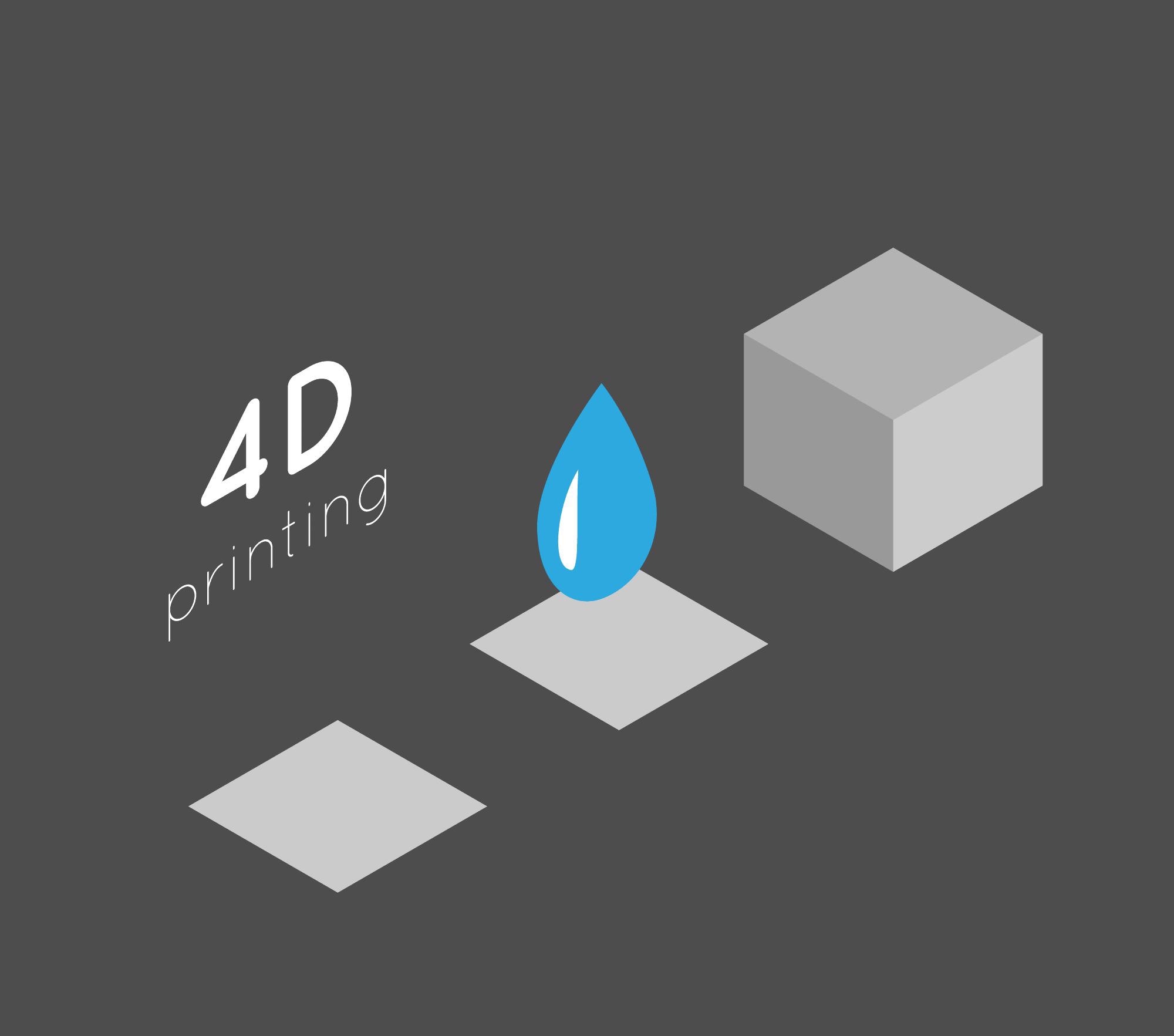3D printing is highly desirable for building optical sensors as it offers a variety of design and manufacturing possibilities. To investigate the use of 3D printing for this purpose, a team of researchers writing in Composites Part B: Engineering has presented the possibility of 3D printing 4D-functionalized photonic devices, including Fresnel lenses.

Study: 4D printed thermochromic Fresnel lenses for sensing applications. Image Credit: nortivision/Shutterstock.com
What are Fresnel Lenses?
Fresnel lenses were invented in 1822 by Augustin Kean Fresnel. These compact and lightweight lenses are used to provide enhanced illumination, and they were first utilized in lighthouses. A Fresnel lens is divided into a series of grooves, with each groove’s power determining the approximate power of the conventional lens at the focal length.
Fresnel lenses are used in numerous applications such as solar panels, automobile lights, and medical diagnosis as well as being in high demand for applications such as optical and imaging systems.
Commonly used methods for manufacturing Fresnel lenses include injection molding, compressing molding, and casting. However, these methods are mold-based, which constrain design and processing freedom.
Micro-architectured optical devices have been manufactured with hot embossing processes. Whilst these processes are well established, there are drawbacks to them. These include warping, design limitations, narrow customization options, the requirement of post-processing steps, and challenges with elevated temperatures and thermal stability.
Improving the Process with 3D Printing
3D printing has made it possible to address these key design and manufacturing constraints. 3D printing provides total freedom of design using computer-aided design software, making Fresnel lens designs with complex 3D geometrical shapes and features possible.
Lenses can be printed in a single step, with a variety of shapes that can be spherical, non-spherical, symmetric, or non-symmetric in nature. Moreover, 3D printing is a straightforward process that negates the need for post-processing steps such as polishing and grinding.
Further Reading: What is 4D Printing and How Does it Differ from 3D Printing?
The manufacture of 4D functionalized composite materials has been realized by the introduction of 3D printing, smart materials, and computer-aided design in a multi-disciplinary approach. The key difference between a 4D and a 3D printed structure is the ability of the 4D structure to change its shape, functionality, and properties over time in response to external stimuli.
3D Printing 4D-Functionalized Photonic Devices Including Fresnel Lenses
The study in Composites Part B: Engineering presented 4D printed photonic Fresnel lenses that could respond to changes in temperature. Digital Light Processing (DLP) was utilized in the study to print Fresnel lens sensors. Previously, DLP has been used to fabricate devices such as contact lenses, bio-implants, and waveguides.
DLP uses UV light-activated liquid resin contained in a low-volume resin bath and fabricates detailed structures with high precision. Oxidation is avoided by preventing the resin from being exposed to air during the layer-by-layer deposition process. Using DLP printing, the team fabricated 4D Fresnel lenses with reduced processing time and high accuracy. One limitation of the process is its reliance on UV-reactive materials, but the study reports there is room for optimization of the materials and process.
The technique used in the research successfully fabricated 4D functionalized Fresnel lenses. Commercially available resin and thermal pigments were used in the study. Materials were chosen according to their optical and physical properties. Lens handling and testing were facilitated by the conferred strength properties of the material during the printing process.
The four types of lenses reported in the study were Blue Fresnel lenses, Green Fresnel lenses, Transparent Fresnel lenses, and Red Fresnel lenses. After printing, the decline in average light intensity for each lens was reported at 29.53%, 15.89%, 6.51%, and 10.52%, respectively. Using thermochromic powders (pigments) thermal sensing phenomena were incorporated into the lenses. The change in transparency demonstrated the lenses’ reaction to temperature gradients, over a range of 25-32 oC.
Future Prospects
The 3D printed 4D functional Fresnel lenses reported in the research have intriguing prospects for future applications in a wide range of photonic sensing devices. Their ability to respond to temperature changes gives them potential uses in applications that take advantage of selective color thermal sensing.
The authors behind the study in Composites Part B: Engineering have identified some key areas for improvement that can yield better results and inform the direction of future research. By reducing layer thickness, the stairing effect is minimized during printing, which improves optical light transmittance.
Surface roughness can be improved by using dip-coating as a post-print process which will improve the performance of 3D printed 4D functional Fresnel lenses. Additionally, there is room for the optimization of mechanical characteristics in future studies.
Further Reading
Ali, M et al. (2022) 4D printed thermochromic Fresnel lenses for sensing applications [online] Composites Part B: Engineering | sciencedirect.com. Available at: https://www.sciencedirect.com/science/article/abs/pii/S1359836821008817
Disclaimer: The views expressed here are those of the author expressed in their private capacity and do not necessarily represent the views of AZoM.com Limited T/A AZoNetwork the owner and operator of this website. This disclaimer forms part of the Terms and conditions of use of this website.